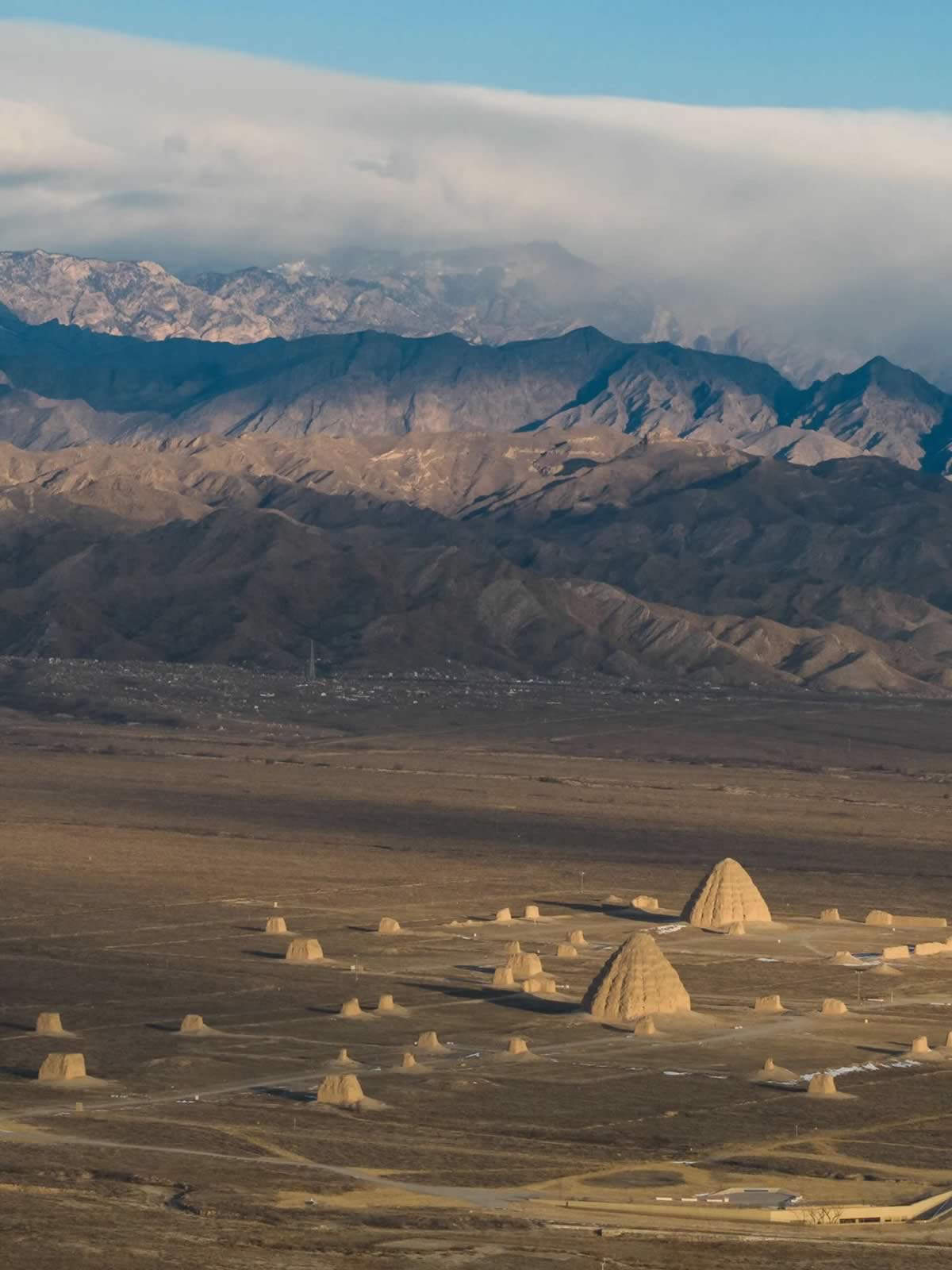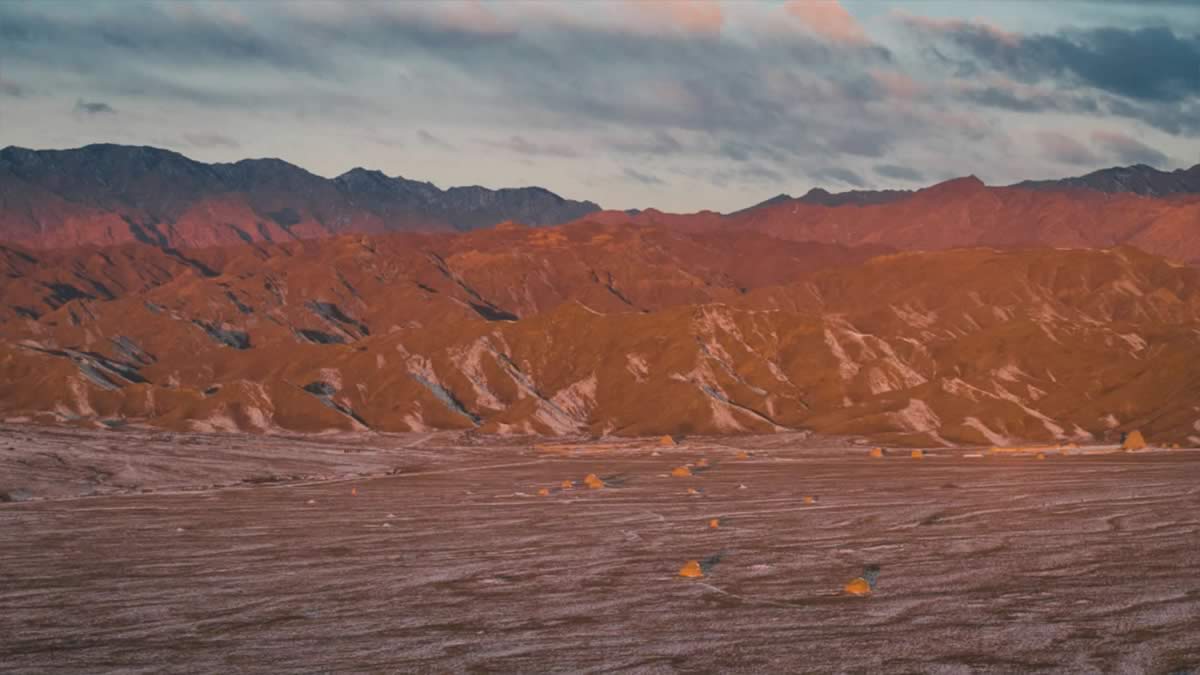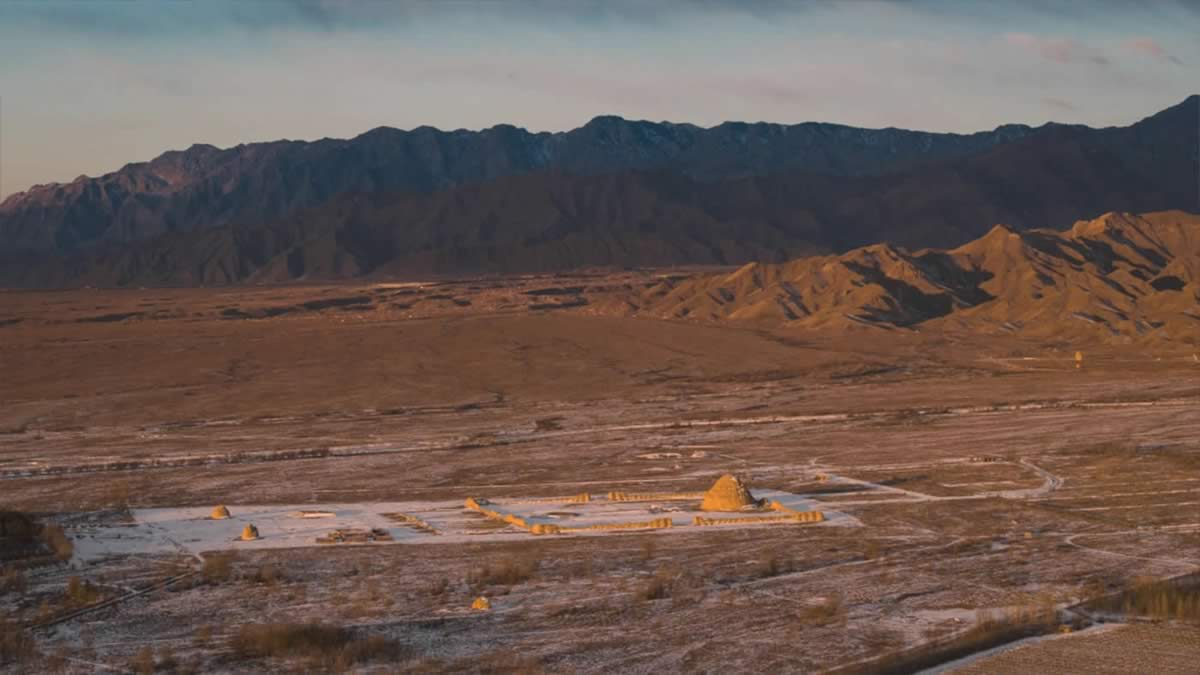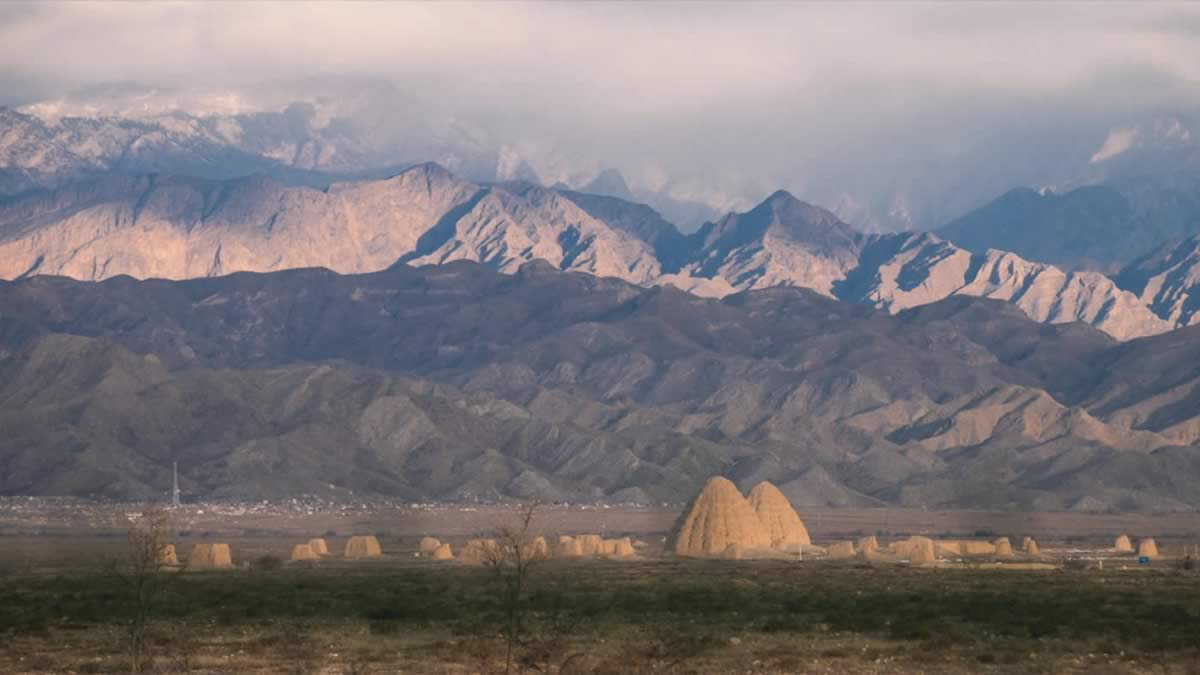On the eastern foothills of the Helan Mountains, amidst the vast Gobi Desert, stands an astonishing complex of pyramid-like mausoleums—known as the "Eastern Pyramids." These are the enigmatic Western Xia Tombs, remnants of a lost kingdom shrouded in mystery.
In 1038 AD, a multi-ethnic empire dominated by the Tangut people, along with Han Chinese, Uyghurs, and Tibetans, rose to power here. They established the "Great Xia" dynasty (Western Xia), which flourished alongside the Song, Liao, and Jin dynasties for nearly two centuries. The Western Xia developed their own unique script and a brilliant civilization.
In 1227, the Mongol conquest brought this empire to an abrupt end. Today, only these towering earthen mausoleums remain, silently facing the majestic Helan Mountains. At sunset, their silhouettes cast a solemn and breathtaking shadow, evoking reflections on the dynasty's glorious rise and tragic fall.
These silent tombs are like an unwritten history book, whispering tales of a forgotten empire to those who listen.





 Chinatodo
Chinatodo